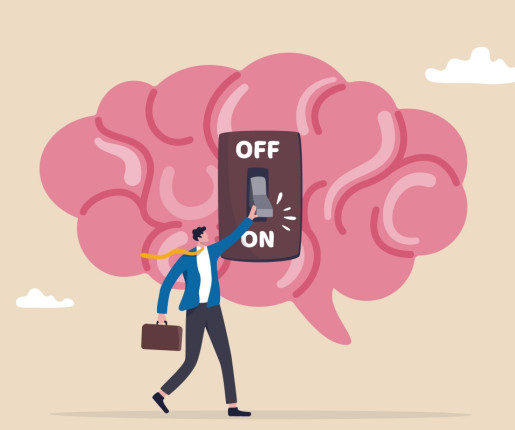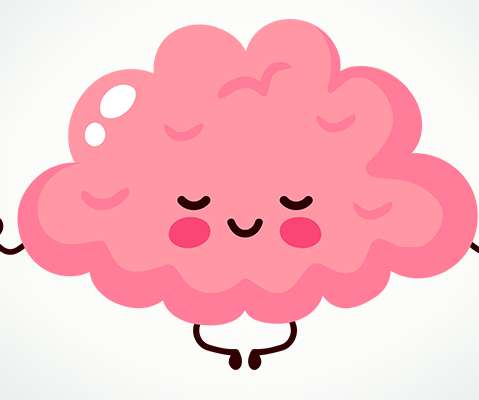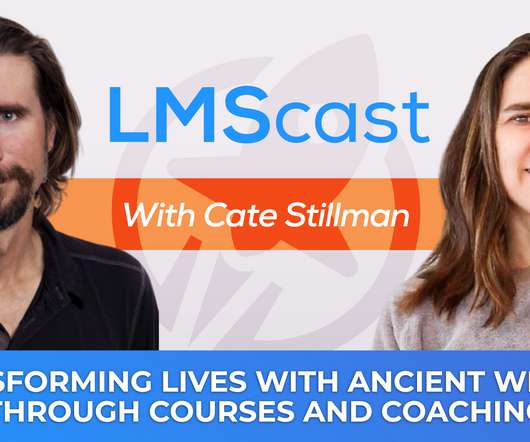The Crucial Role of Emotions and “Skilled” Intuitions in Learning
KnowledgeOne
MAY 22, 2024
Such is the case with the role of emotions in cognition and learning and their interrelationship with rational thought. Not only can emotions help or hinder learning, but they are also crucial to the development of “skilled” or “academic” intuitions. .”



































Let's personalize your content